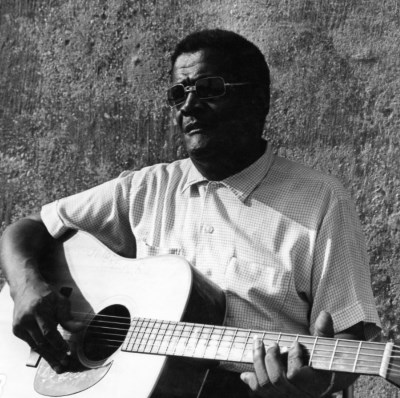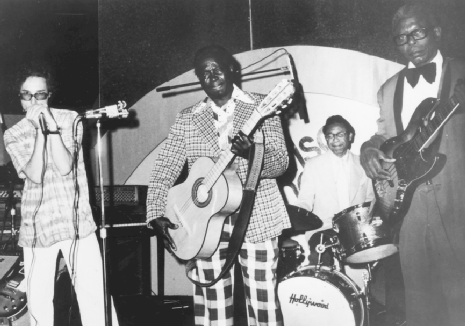Chicago Blues Musicians
The history of the blues plays an integral part in the history of Chicago. Chicago is the third blues capital of the world, preceded by New Orleans and Austin. Some of the biggest names in the blues made their name in Chicago, and some of the best blues clubs in the world are in Chicago. As a result, Chicago blues was one of the most significant influences on modern rock music.
Chicago Blues History
 Chicago blues began following the Great Migration of African Americans from the southern US to the industrial cities of the north, including Chicago. This new population included musicians, and the blues evolved as a result of these influences from musicians playing as street musicians, at rent parties, and other events in African American communities.
Chicago blues began following the Great Migration of African Americans from the southern US to the industrial cities of the north, including Chicago. This new population included musicians, and the blues evolved as a result of these influences from musicians playing as street musicians, at rent parties, and other events in African American communities.
One of the most significant early incubators for Chicago blues was the open-air market on Maxwell Street in the 30’s and 40s. Maxwell Street was one of the largest open-air markets in the nation. It was a natural location for blues musicians to perform, earn tips, and jam with other musicians.
Earwig Music and Chicago Blues Musicians
Michael Frank, the founder of Earwig Music, became involved in the blues in his years as a junior high school student. Michael Frank took up the harmonica and joined the band of David “Honeyboy” Edwards. Frank founded Earwig Music Company in 1978 with the explicit goal of recording and booking underrepresented artists. Frank made his mark, reissuing classic Chicago blues albums to make them available to a wider audience.
In one specific case, Frank was able to do much more than increase the reach of an album. In the case of Little Brother Montgomery, the musician and his wife had a whole catalog of recordings that had not been commercially distributed.
Michael Frank has recorded some of most important Chicago blues players. This includes Sunnyland Slim, Little Brother Montgomery, and Lovie Lee.
Blues Clubs in Chicago
 The first blues clubs in Chicago were mostly in predominantly black neighborhoods on the South Side, with a few in the smaller black neighborhoods on the West Side. The standard path for blues musicians was to start out as street musicians and at house parties and eventually make their way to blues clubs.
The first blues clubs in Chicago were mostly in predominantly black neighborhoods on the South Side, with a few in the smaller black neighborhoods on the West Side. The standard path for blues musicians was to start out as street musicians and at house parties and eventually make their way to blues clubs.
New trends in technology, chaotic streets and bars adding drums to an electric mix, gave birth to a new club culture. One of the most famous was Ruby Lee Gatewood’s Tavern, known by patrons as “The Gates”. During the 1930s virtually every big-name artist played there.
The following list of Chicago Blues Clubs is a great place to start:
- Buddy Guy’s
- Rosas lounge
- BLUES
- Kingston Mines
- Blue Chicago
- Smoke Daddy
Harmonica and Chicago Blues
The harmonica in blues music developed around the World War II era. Rural southerners brought country blues with them. The feel of the music changed, too, with the relaxed, stately country blues speeding up and becoming more rhythmically active.
After World War II, amplified harmonica starts to take on a new role, as Little Walter adapts jazz and rhythm-and-blues saxophone stylings to blues harmonica and integrates swing seamlessly into down-home blues.
Harmonica blues players
Earwig Chicago Blues Musicians
Because of Chicago’s deep history with the blues, there are a variety of talented Chicago musicians.




